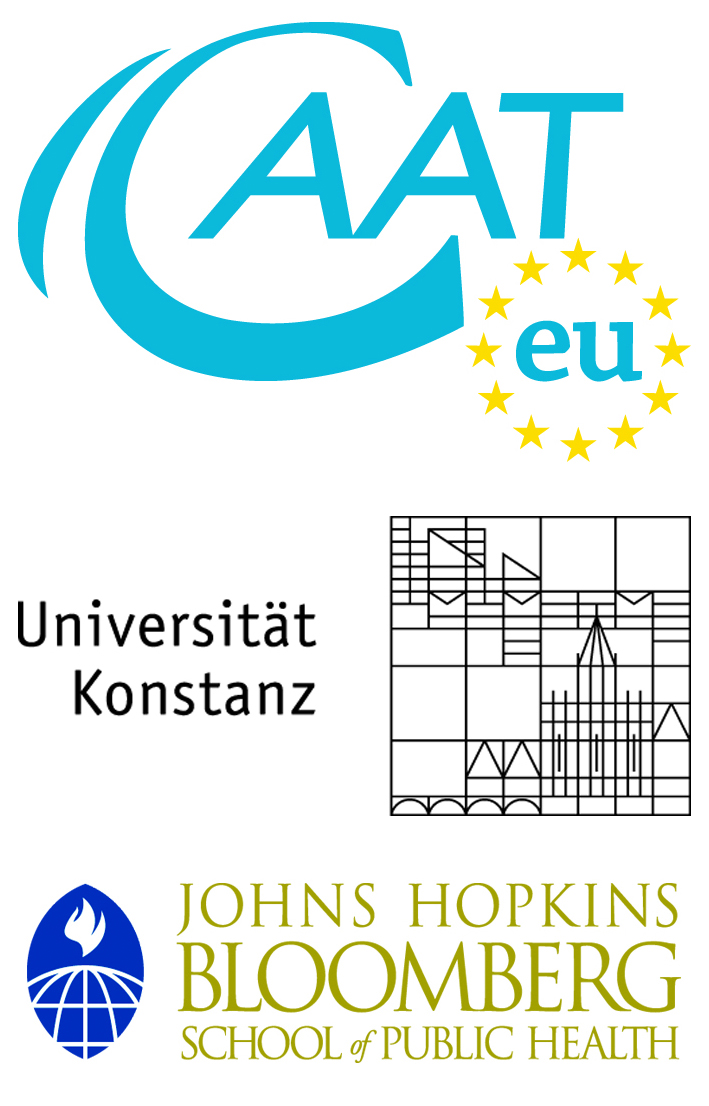Joint Information Day on Organotypic 3D-cell culture models and engineered tissues

October 25th 2012, Konstanz, Germany
The first 3D cultures have been established to better mimic in vivo with respect to functional and physiological parameters than classical 2D in vitro models. Now, engineered tissues and 3D cell cultures modeling the liver or aspects of the nervous system, the skin, the respiratory system, the intestine, the heart, and other organs are employed more frequently in research. Their use in toxicological research, however, is still relatively limited, and few of these systems have found regulatory acceptance.
3D models pose technical challenges in addition to those of 2D cultures, as they are based on a more complex experimental setup, necessitating the use of modified or different endpoints.
This information day will focus on the applicability of 3D systems to model human physiology and pathophysiology with a particular focus on toxicological risk assessment. The systems presented will include hepatic, neuronal, lung, and skin models. Along with an in-depth discussion of available systems, the way forward and hurdles to regulatory acceptance will also be highlighted.





